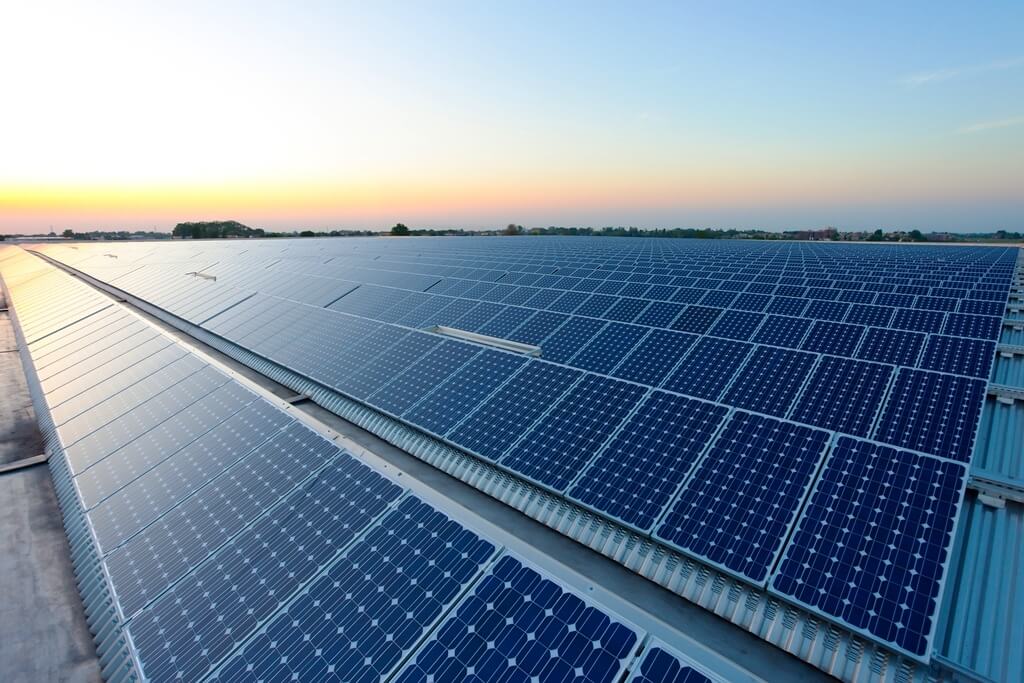- Solar energy projects up in 2016 and projected to rise in 2017
- Pending state regulations and federal policies could dampen solar in 2018
- Michigan Public Service Commission to establish this year on new tariff to replace popular net metering project
Private, non-utility-owned renewable energy production led by residential and business solar electricity generation grew by 28 percent in 2016 and was expected to continue at that pace in 2017, the Michigan Public Service Commission said in a new report.
It is unclear whether that growth in residential, commercial and industry solar projects will continue in 2018, given Michigan energy legislation approved in 2016 that has eliminated the popular net metering program for future customers. Net metering allows customers with solar panels or wind turbines to receive a credit for excess electricity they produce.
Michigan’s new energy law requires the MPSC to establish a distributed generation program and tariff to replace the current net metering program. Existing net metering customers can continue to participate in the program for 10 years. The MPSC is expected to set a tariff later this year in a hearing.
Liesl Clark, co-founder of Lakes Energy and president of the Michigan Energy Innovation Business Council, told Crain’s that the success of net metering, better renewable energy technology and lower solar costs have stimulated solar and wind in Michigan and elsewhere.
Clark said Congress and the Trump administration have introduced uncertainties for solar in 2018 because of the phase-out of a solar tax credit and an ongoing trade case that could increase solar costs.
But pending Michigan regulations on a distributed generation tariff could also muddy the waters for solar.
“The transition from a simple, understood structure like net metering to the distributed generation tariff will be a large impact on the solar deployments in Michigan in 2018,” Clark said.
MPSC staff issued a draft report on the tariff and asked for comments by Jan. 10.
“The process will play out in early 2018 culminating in the utilities adopting the new MPSC determined distributed generation tariff in their next rate cases,” Clark said. “Once the tariff is in place, it will be even more clear that there is no need for caps on the residential solar program.”
Clark said future solar growth depends on how high the MPSC sets the tariff. If utilities are charged fairly and reimbursement to customers is fair, she said there might be little impact on solar.
Solar growth in Michigan
In 2016, 2,582 residential, commercial and industrial customers participated in Michigan’s net metering program, up 427 from 2015, said the MPSC’s net metering and solar program report. Total capacity of net metering installations was approximately 21,888 kilowatts, an increase of 28 percent from 2015. Solar accounts for less than 2 percent of total electricity production in the state.
By the end of 2017, the MPSC estimates the total amount of solar installed in Michigan will increase to 120,530 KW, more than double the amount of 57,999 kKW in 2016 and 36,118 KW in 2015. The vast majority of solar power in Michigan is owned by utilities that are complying with state law that mandates they generate 15 percent of sales from renewable energy by 2021.
Continue reading full article on Crain’s Detroit Business.


